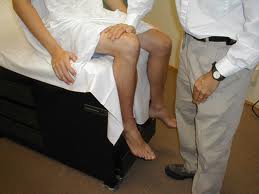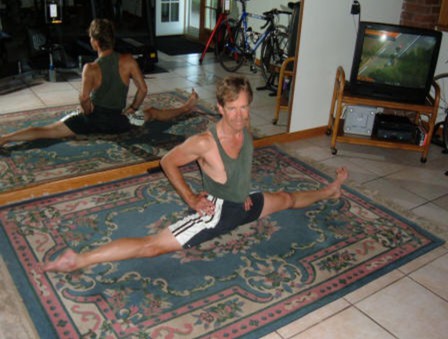Hip patient
Hip patient
A hip patient has some important decisions to make and select from options that will influence what the rest of life after the hip operation will look like. Sadly the orthopedic surgeons do seldom inform you enough what all these options are, thereby also removing your chance to make educated choices!
We hip patients are not easily described but we do all have in common that some hip problem and/or pain influences our lives negatively and in many cases even needlessly! If we did not have a congenital hip illness or deviation ….or if we simply were totally unaware of an existing congenital problem can the process start with very vague and changing symptoms that do not even appear to be directly related to the hip in any way. Like for example pains that draw to the knee – pains in the lower back – pains in the groin that come and go – pains in the trochanter bump on the outside of the thy – stiffness of the hip after activities – a feeling of tiredness towards the end of a day and many more. 
One of the most common reasons for hip problems today is osteoarthritis, a form of degeneration and wear involving the cartilage in the hip. For premature wear of the cartilage there may be a genetic predisposition or another hip deviation that for a longer period of time has caused incorrect loading, friction. Sports and activities with high load and friction raise the rate of wear and can even cause tearing away of cartilage. We have received the cartilage once in our life but contrary to what some believe it has no capabilities to repair itself like other tissues, so we have to remember this and try to protect the cartilage for loads that are way too high.
The cartilage is like a sponge and should ideally be soaked through with the synovial fluid that will nourish and lubricate to prevent friction and wear. For everyone (and not just hip patients) it is therefore important to take enough fluids in the form of drinks and fruit so that even our joints can produce sufficient amounts of synovial fluid for lubrication and cartilage maintenance. The synovial fluid has some unexpected unique properties with respect to its viscosity that constantly changes depending on the load it is exposed to…it can be worth reading about this!

It can feel as if we hip patients are not always taken serious and for many situations that I have been involved this is sadly enough true. When the pains continue to increase and clear disruption of our normal daily life and activities have become a fact, it is common that we are tempted to take painkillers and sometimes accept repeated injections with cortisone to try and make life more bearable. Unfortunately many of the painkillers and particularly cortisone form a further attack on the skeleton that under the circumstances only should be protected and strengthened further, with after all the hip as vital bearing part of the skeleton! Our surgeons appear to be more inclined to hand out subscriptions for painkillers (giving them some extra income?) than to intervene and in good time inform the patients about operation with for example a hip resurfacing. So don’t just accept your situation any longer when the problems increase and you feel that you are only getting evasive answers and faulty indications from your doctor like some of these:
– you are too young for a hip prosthesis – you are a female and can therefore not be given a hip resurfacing – you are too old – you have osteoporosis – you are unfit as candidate for hip resurfacing and can only receive a conventional hip prosthesis and many more….
There are occasionally true reasons why a person is not suitable for a hip resurfacing like for example a BHR-prosthesis but you should never accept this assessment when it is given by an orthopedic surgeon who himself has never applied hip resurfacing and is not highly experienced with the method and having done this procedure hundreds of times. The fact that a real hip resurfacing specialist is required to assess and perform this kind of operation is shown in this American research on the subject: “learning curve“.
I will gladly assist you if you would like to test if hip resurfacing will suit your specific situation and problems. But it doesn’t stop there yet, in case that you are not regarded a good candidate for a hip resurfacing device you may in stead be a candidate for a prosthesis with a large and anatomically corret ceramic head. Where orthopeadic surgeons in general appear to lack this technical insight are the hip resurfacing specialists aware of the importance to use an anatomically correct head size for each patient. This can be accomplished with ceramic heads (and matching cups) that are available in head sizes up to 48mm.
